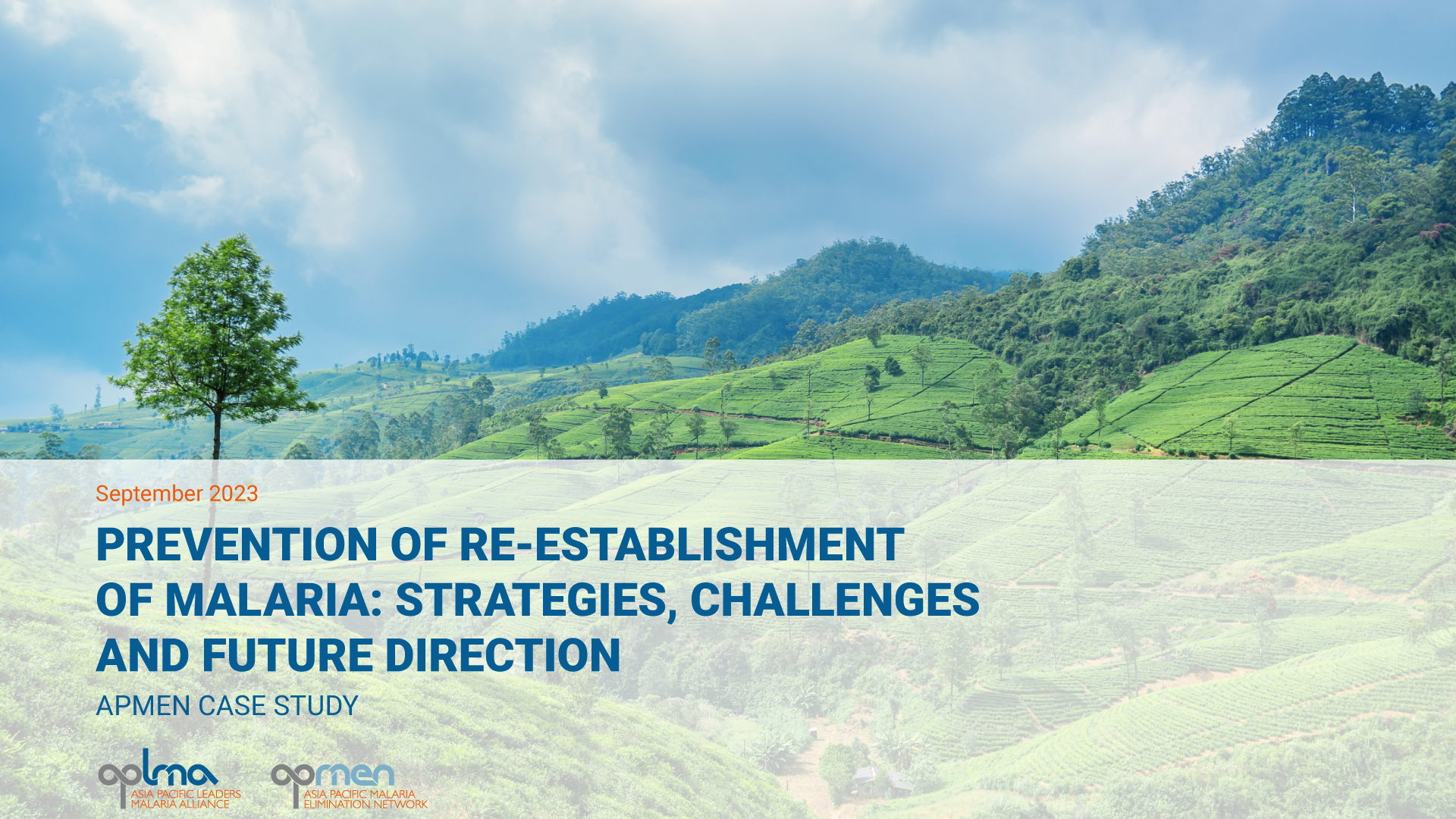
Obtaining WHO certification for malaria-free status is a momentous achievement for countries after centuries of suffering and decades of relentless efforts to reduce malaria-related morbidity and mortality. However, this certification does not absolve countries of their responsibilities. The persistent threat of re-invasion necessitates ongoing efforts on prevention of re-establishment (POR) of malaria and to sustain the malaria-free status in these countries.
To effectively manage and prevent the re-establishment of local malaria transmission, a comprehensive approach with multiple components is essential. This approach includes notifiable malaria reporting, early detection of all cases, and prompt effective treatment by both public and private sectors. Additionally, proper investigation of all cases, sustained entomological surveillance systems, strengthened political commitments, a multisectoral approach and improved international cooperation are crucial elements.
By addressing the factors contributing to malaria re-establishment, highlighting successful strategies and best practices of countries, discussing challenges, and providing valuable insights for future directions, this case study aims to contribute to the ongoing efforts of Asia Pacific countries in sustaining malaria-free areas, preparing for prevention of re-establishment, and reducing the overall regional burden of this devastating disease.
